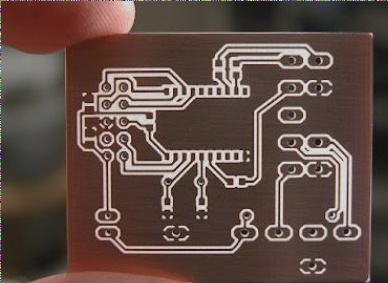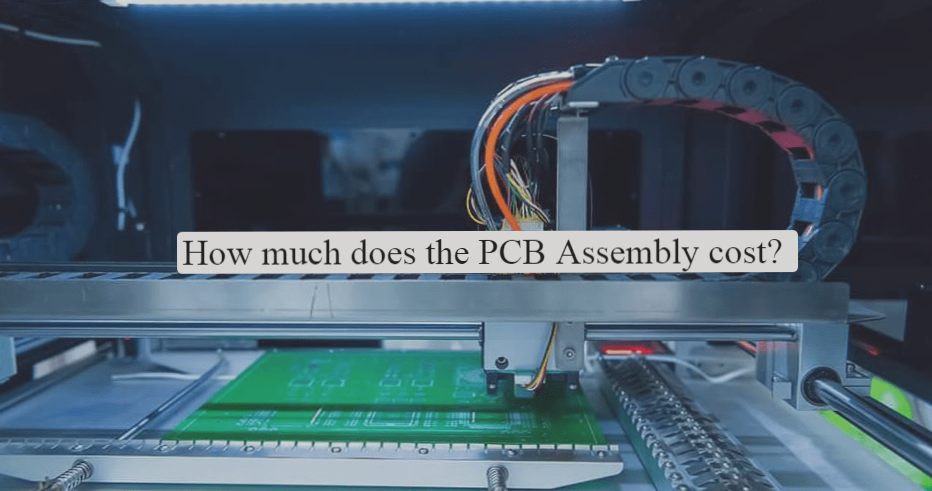Types of Pads in PCB Boards and Their Applications
Circular Pads
Circular pads are commonly used in single-sided and double-sided PCBs with regularly arranged components. Enlarging the pad size can prevent detachment during soldering.
Island-Shaped Pads
Island-shaped pads integrate the connection between the pad and the trace. They are ideal for vertical and irregular installations, such as in tape recorders.
Polygonal Pads
Polygonal pads help differentiate components with similar outer diameters but different apertures, making processing and assembly easier.
Oval Pads
Oval pads provide ample area to enhance anti-stripping capability and are commonly used in dual in-line packages.
Open-Shaped Pads
Open-shaped pads are designed to prevent pad holes from being sealed by solder after manual repairs following wave soldering.
Square Pads
Square pads are suitable for large, simple printed wire designs. They are particularly beneficial for hand-made PCBs.
Plum Blossom Pad
The fixing hole in plum blossom pads should be non-metallized to prevent solder blockage during reflow soldering.
Cross Pattern Pads
Cross pattern pads aid in heat dissipation during soldering, reducing the risk of defects or PCB damage due to excessive heat.
Teardrop Pad
Teardrop pads provide extended connections between pads and wires to protect against disconnections caused by external forces. They also enhance the PCB’s aesthetics.
In PCB design, a copper film is often used to create a transition area between the pad and wire, strengthening the connection and preventing disconnections during mechanical processing.



